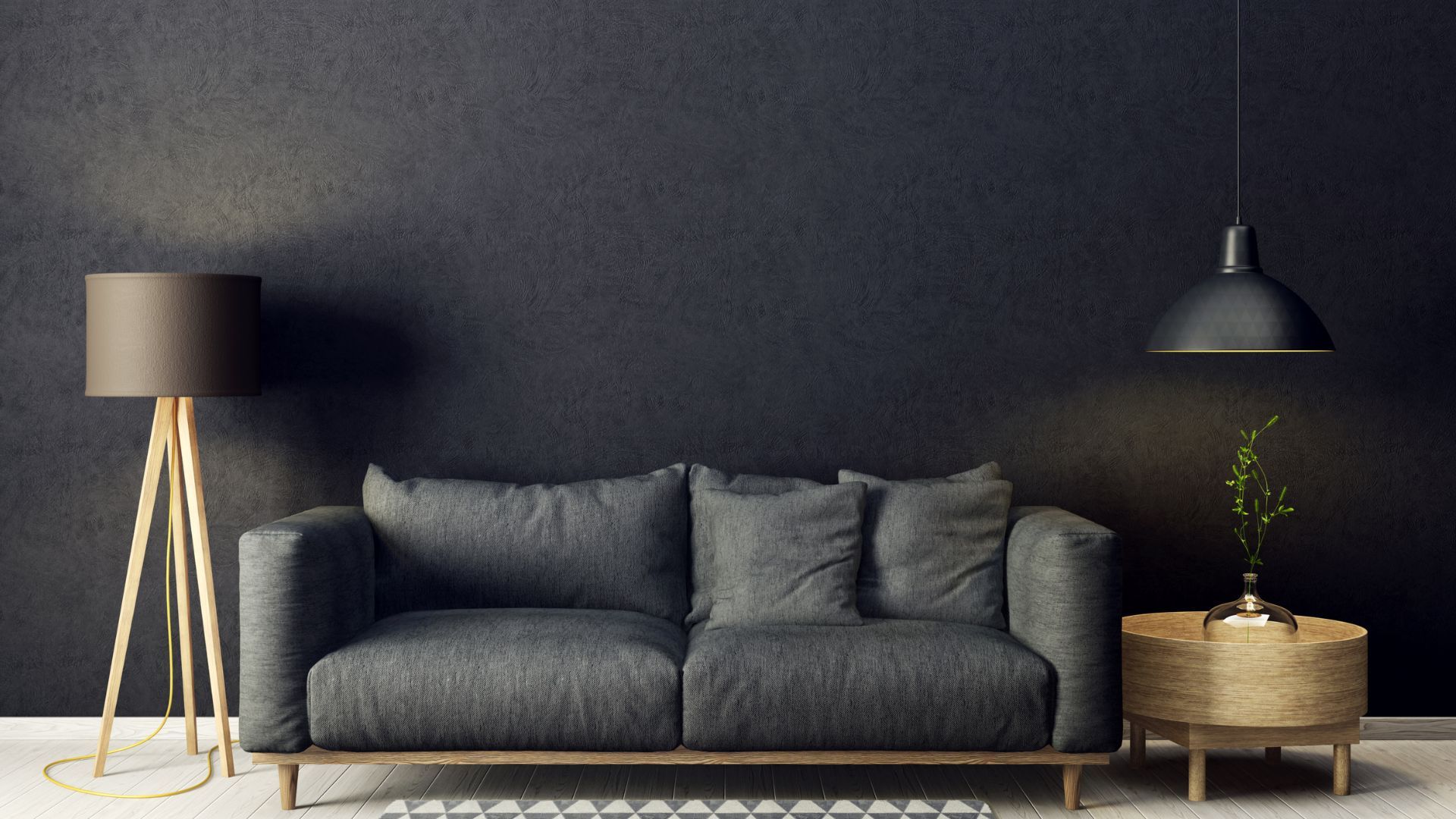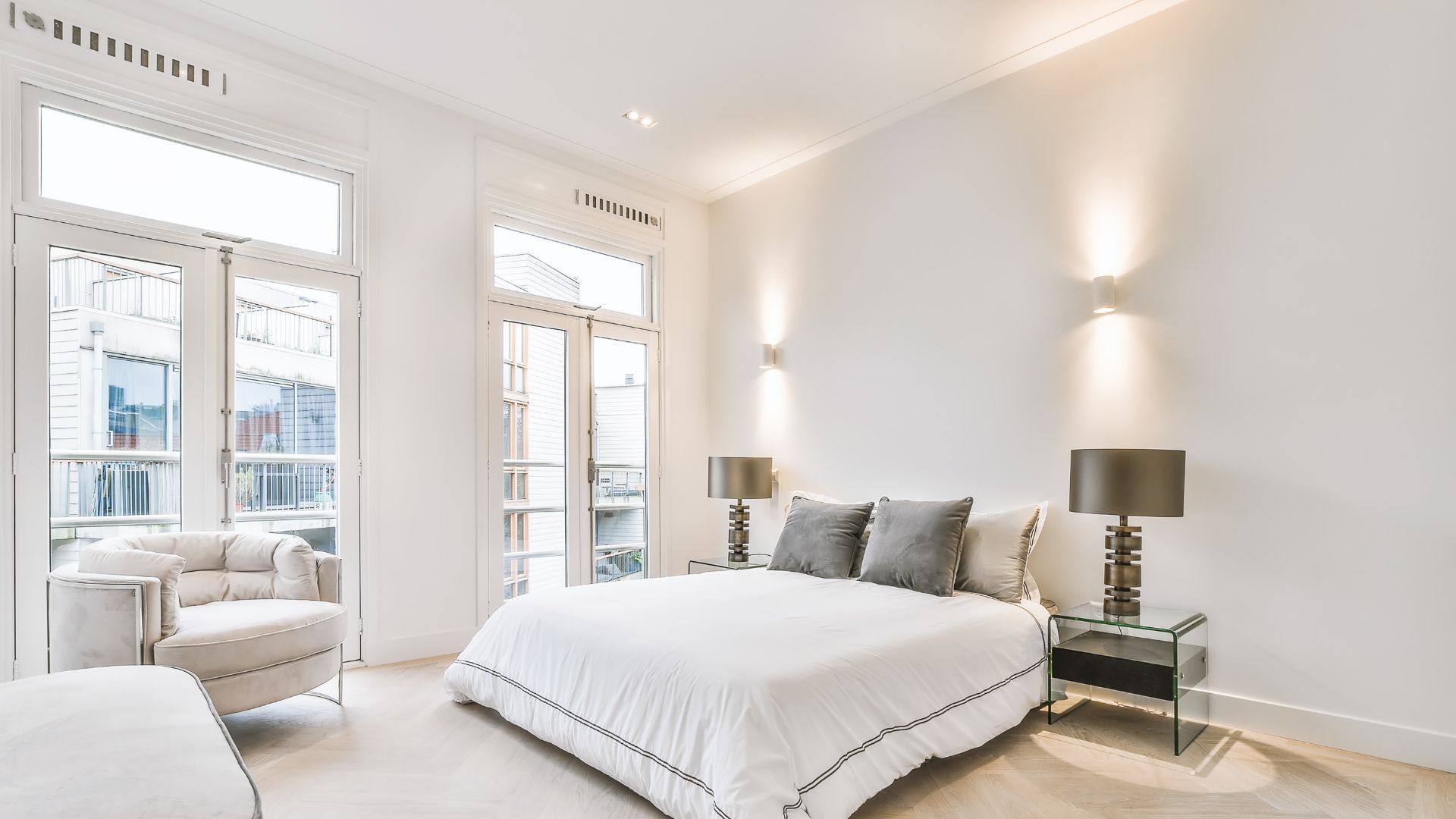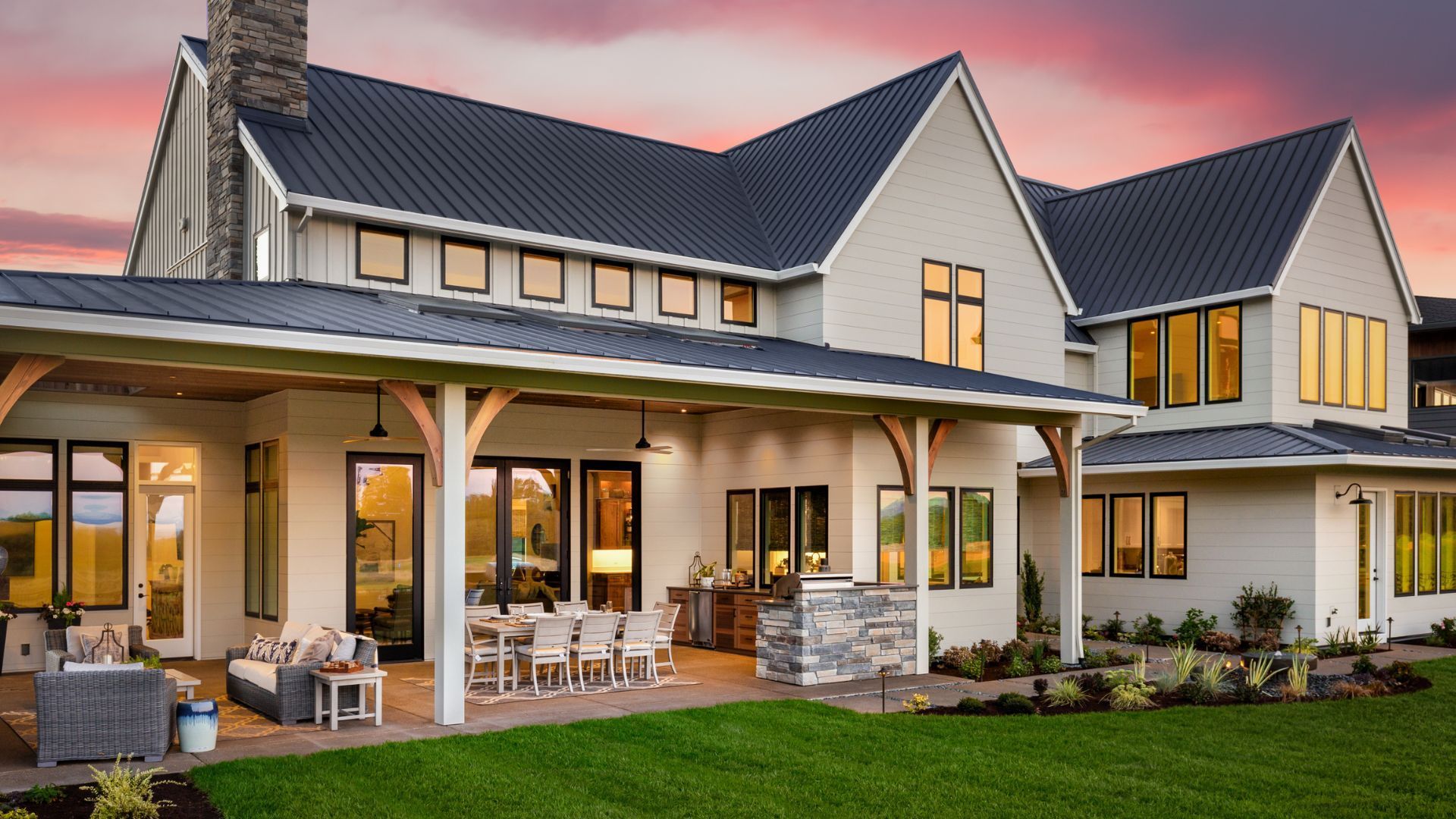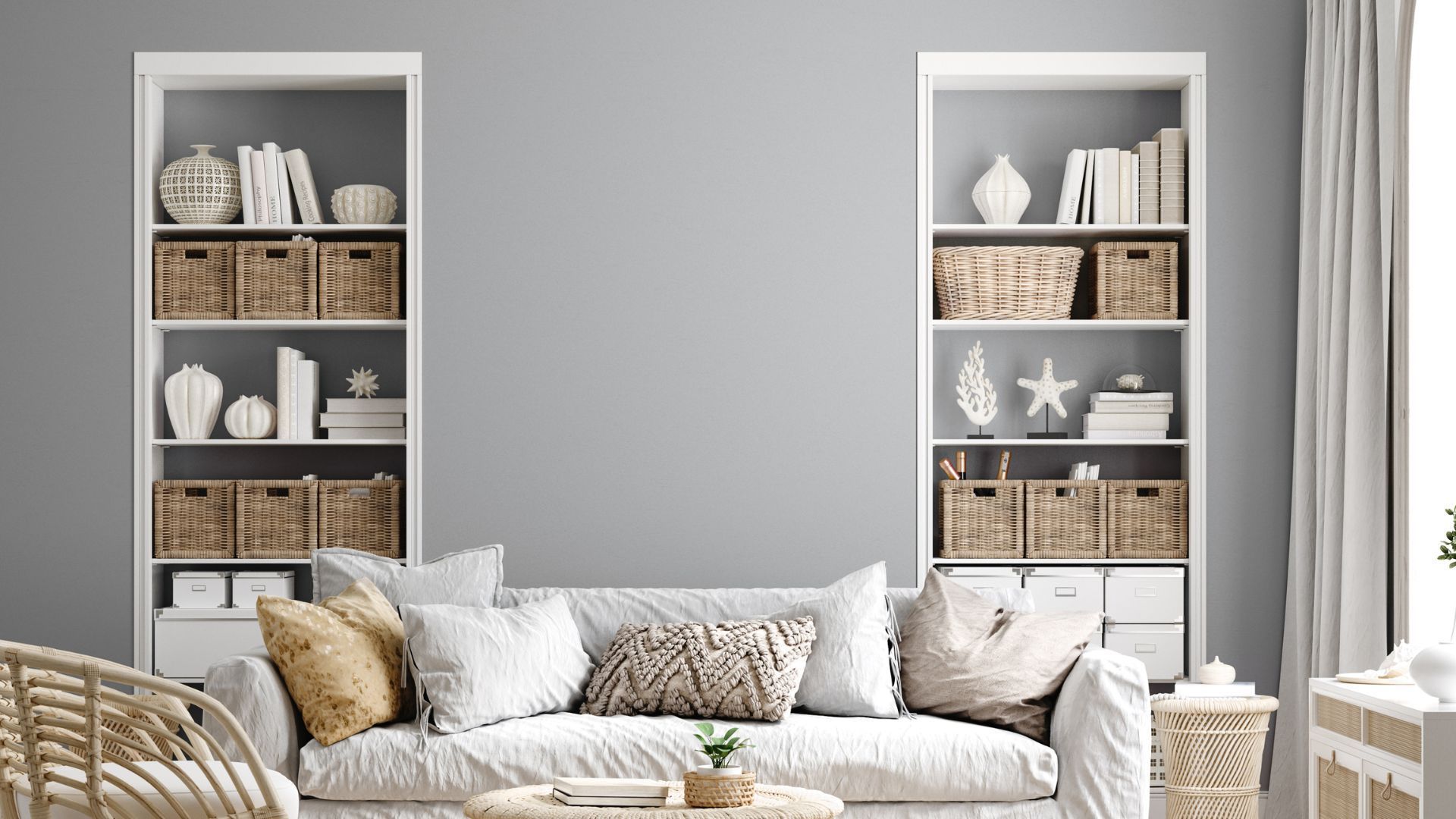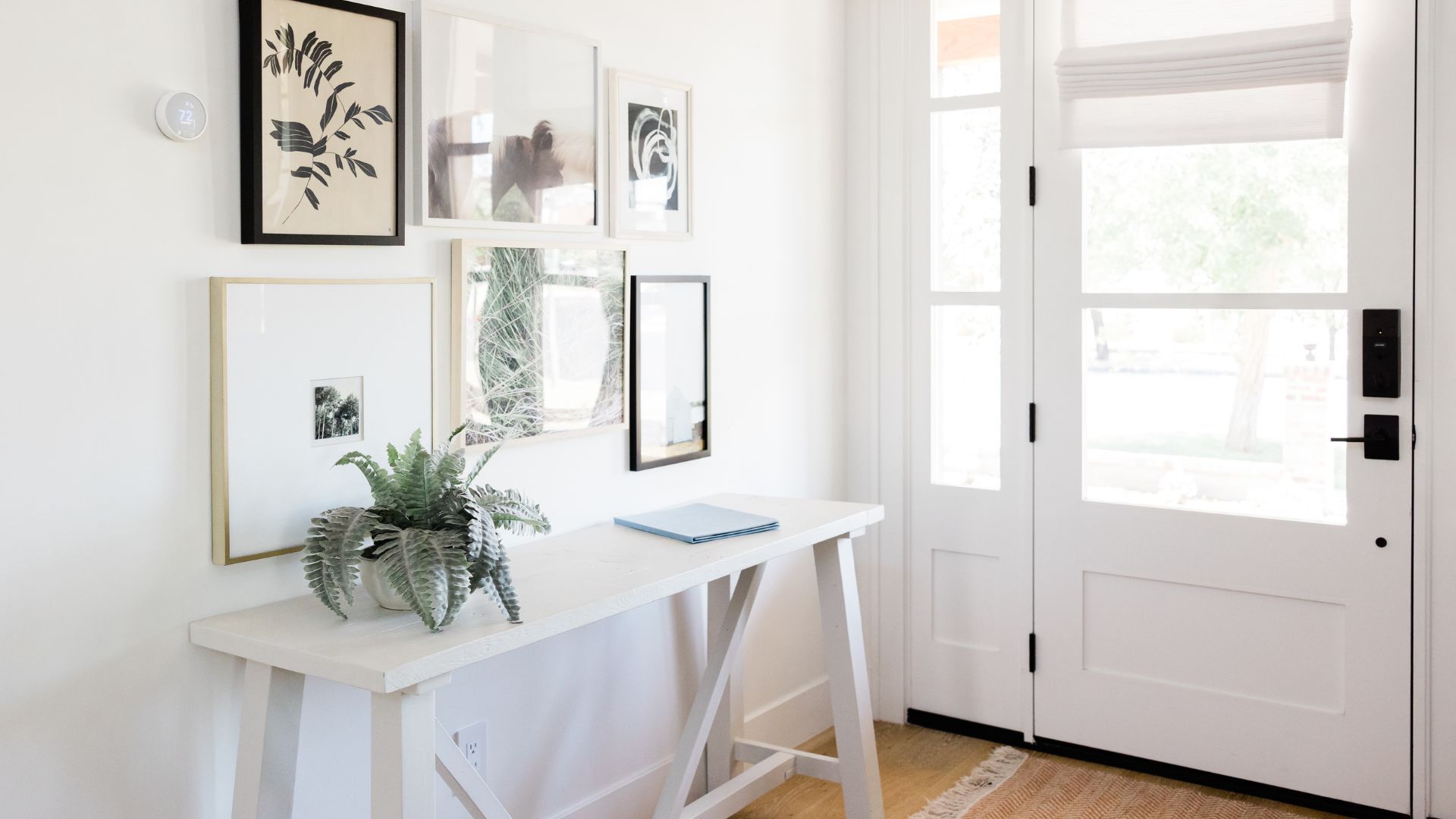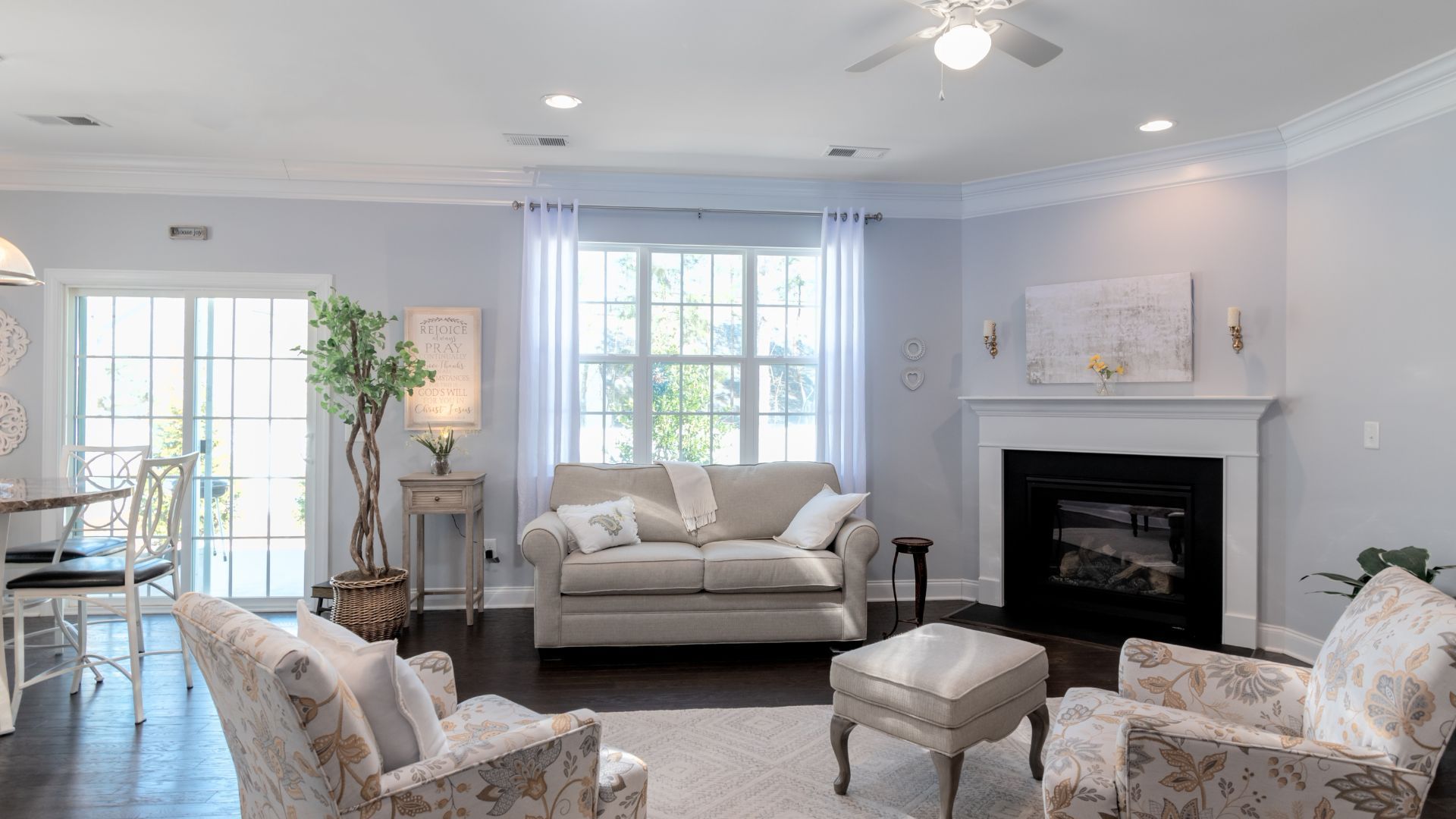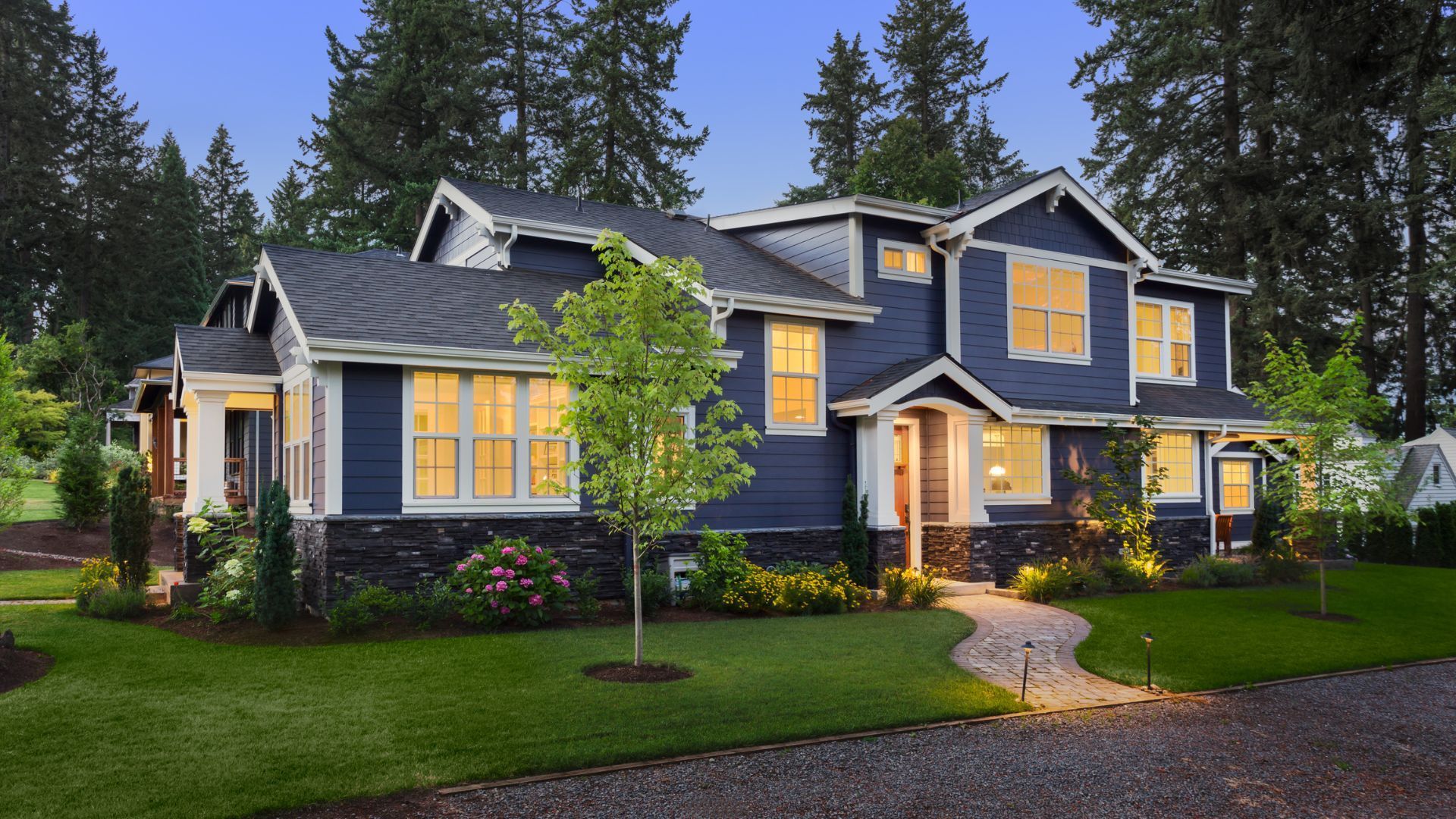Choosing the Right Paint Finish for Your Interior Design
How can the right paint finish transform a room’s look and longevity? Choosing the right paint finish shapes both aesthetic appeal and functional performance in any interior design project. This guide explains foundational concepts of paint finishes, details the main types and their ideal uses, outlines room-by-room recommendations, and highlights critical factors beyond sheen. By mastering these themes, designers and homeowners can confidently balance ambiance, durability, and maintenance.
What Are Paint Finishes and How Do They Affect Interior Design?
Paint finishes define the level of gloss and protection on walls and surfaces, influencing both style and resilience. Finish selection alters light reflectivity, hides or reveals imperfections, and determines washability—key factors for any interior palette.
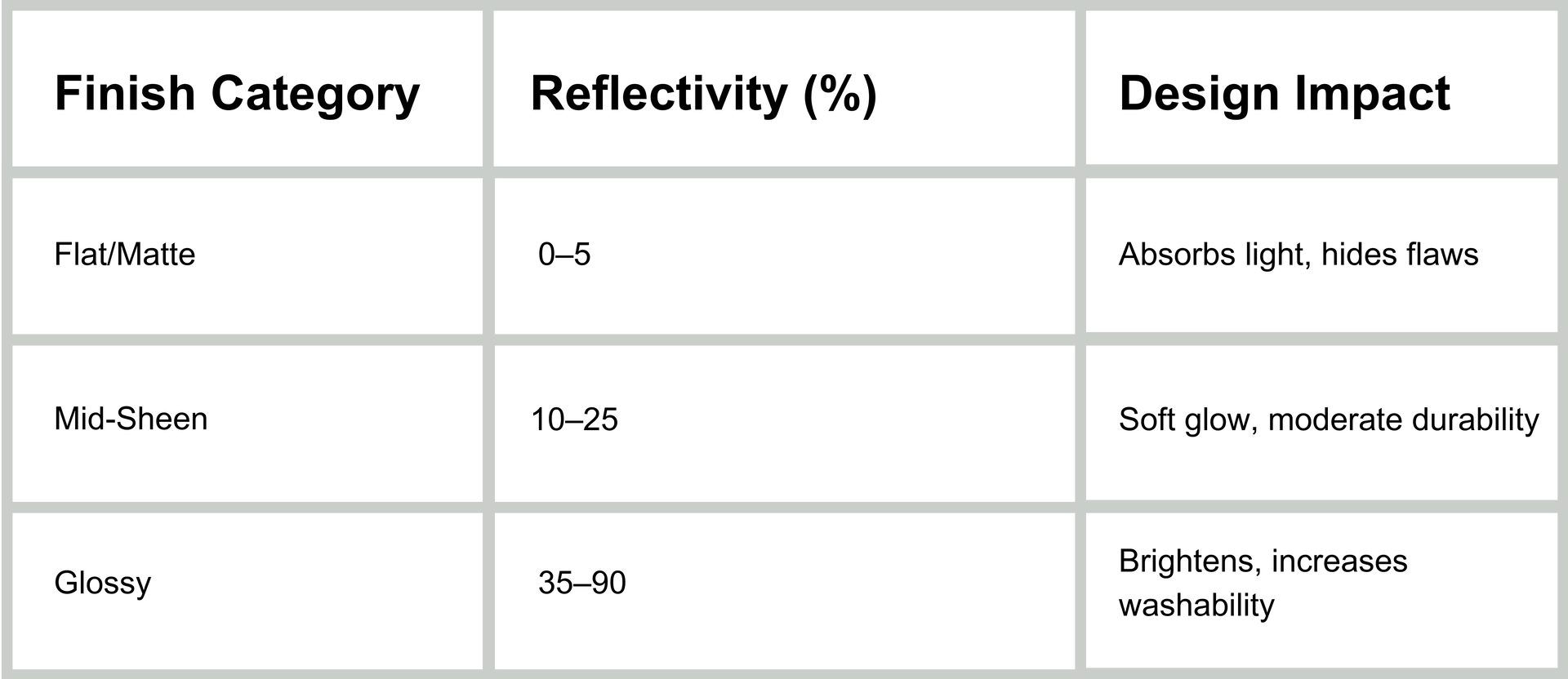
Low-gloss finishes absorb light for a soft backdrop, while glossier sheens highlight architectural details and facilitate cleaning.
What Is Paint Sheen and Why Does It Matter?
Paint sheen refers to the surface’s gloss level, which directly affects ambiance by controlling light reflection and color vibrancy. A higher sheen finish reflects more light, making walls appear brighter, whereas a flatter finish absorbs light, resulting in a muted, consistent tone. Understanding sheen guides both mood and maintenance decisions, linking directly to how colour and light interplay in each room.
How Does Paint Finish Influence Color and Light Reflection?
- Glossy walls can make small rooms feel larger by reflecting ambient light.
- Matte walls deepen colour appearance and create a cosy, subdued environment.
- Mid-sheen finishes balance brightness with subtlety.
Paint Finishes and Light Reflection
Paint finish significantly influences color perception by altering reflectivity; gloss finishes intensify hues by bouncing light, while matte finishes absorb light for richer saturation. Glossy walls can make small rooms feel larger by reflecting ambient light, while matte walls deepen color appearance and create a cozy, subdued environment. Mid-sheen finishes offer a balance between brightness and subtlety.
Smith, A., "The Science of Color and Light in Interior Design," (2022)
This research supports the article's discussion on how paint finish affects color and light dynamics within a room.
Selecting a finish based on desired light dynamics ensures harmony between colour and illumination.
What Are the Key Properties of Different Paint Finishes?
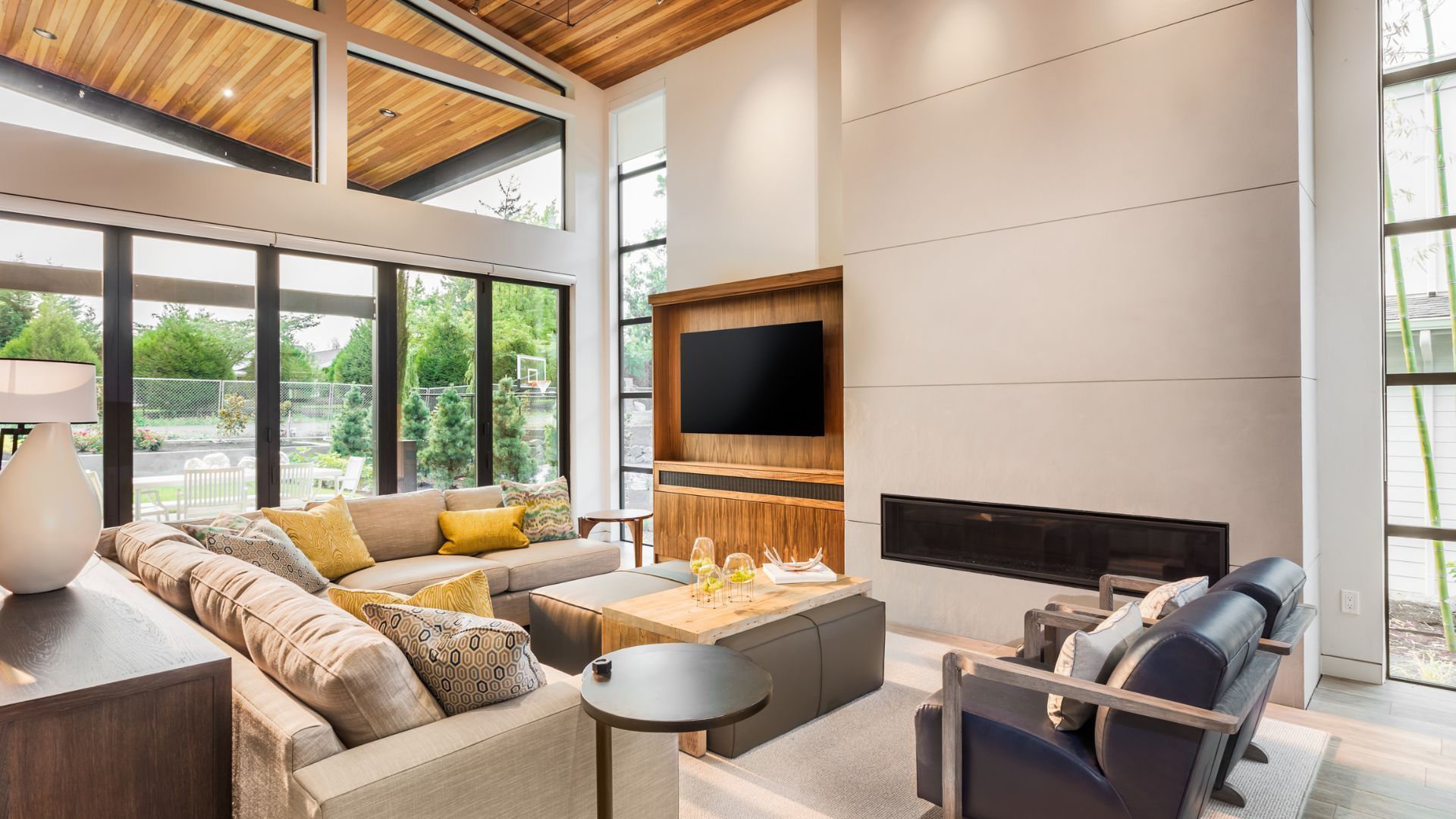
Paint finishes vary in durability, washability, and ability to conceal imperfections, so matching these properties to room requirements is essential.
Paint Finish Properties
Paint finishes vary in durability, washability, and the ability to conceal imperfections. High-sheen finishes resist scuffs better, glossy surfaces clean easily, and flat finishes mask wall texture and blemishes. Matching these properties to room requirements is essential for tailored solutions.
Johnson, B., "Paint Technology and Interior Applications," (2023)
This citation reinforces the article's emphasis on matching paint finish properties to specific interior design needs.
- Durability – High-sheen finishes resist scuffs better.
- Washability – Glossy surfaces clean easily with a damp cloth.
- Imperfection Hiding – Flat finishes mask wall texture and blemishes.
Balancing these properties enables tailored solutions for specific interior challenges.
What Are the Main Types of Interior Paint Finishes and Their Best Uses?
Interior paint finishes range from flat to high-gloss, each offering distinct sheen and performance characteristics. Choosing among these options optimizes both visual effect and practical needs.

This spectrum ensures every area—from cosy living rooms to moisture-prone bathrooms—receives the optimal combination of style and resilience.
What Are the Characteristics and Ideal Uses of Flat and Matte Paint?
Flat and matte paint finishes provide minimal reflectivity and excellent coverage to conceal surface flaws. They absorb light for a smooth, uniform appearance and deliver strong stain-resistance when applied correctly.
- Best for ceilings and walls in adult bedrooms.
- Suited to spaces with low traffic that prioritise a soft, elegant backdrop.
These finishes create a refined canvas, naturally transitioning to discussions about mid-sheen options.
How Does Eggshell Paint Balance Appearance and Durability?
Eggshell paint features a low-luster sheen that offers a subtle glow with added durability compared to flat finishes. Its gentle reflectivity enhances colour depth while enabling moderate washability.
- Recommended for living rooms, dining rooms, and hallways.
- Ideal where a slight sheen and easy cleaning support both style and function.
Eggshell’s balance guides us towards satin finishes, which further boost practicality.
Why Choose Satin Paint for High-Traffic and Moisture Areas?
Satin paint delivers a soft, pearl-like finish with enhanced moisture resistance and washability. Its polymer-rich formulation creates a durable film that withstands frequent cleaning.
- Perfect for kitchens, bathrooms, laundry rooms, and kids’ play areas.
- Maintains aesthetic integrity under repeated wiping and humidity.
This durability sets the stage for semi-gloss applications on trim and cabinetry.
When Is Semi-Gloss Paint the Best Choice for Trim and Cabinets?
Semi-gloss paint offers a sleek, radiant surface that maximises washability and resistance to stains. Its robust finish repels dirt and moisture, preserving crisp edges on woodwork.
- Ideal for baseboards, crown moulding, door frames, and kitchen cabinets.
- Provides a polished accent that endures daily wear.
Understanding its strengths leads to evaluating high-gloss options for accent features.
What Are the Benefits and Drawbacks of High-Gloss Paint?
High-gloss paint achieves the greatest reflectivity and the hardest finish, making it extremely easy to clean. It highlights architectural details with a glass-like sheen but also amplifies every imperfection on the surface.
- Best for furniture, accent walls, and decorative trim.
- Requires meticulous surface preparation to avoid visible flaws.
These considerations complete the overview of finish types before room-specific guidance.
How to Choose the Right Paint Finish for Each Room in Your Home?
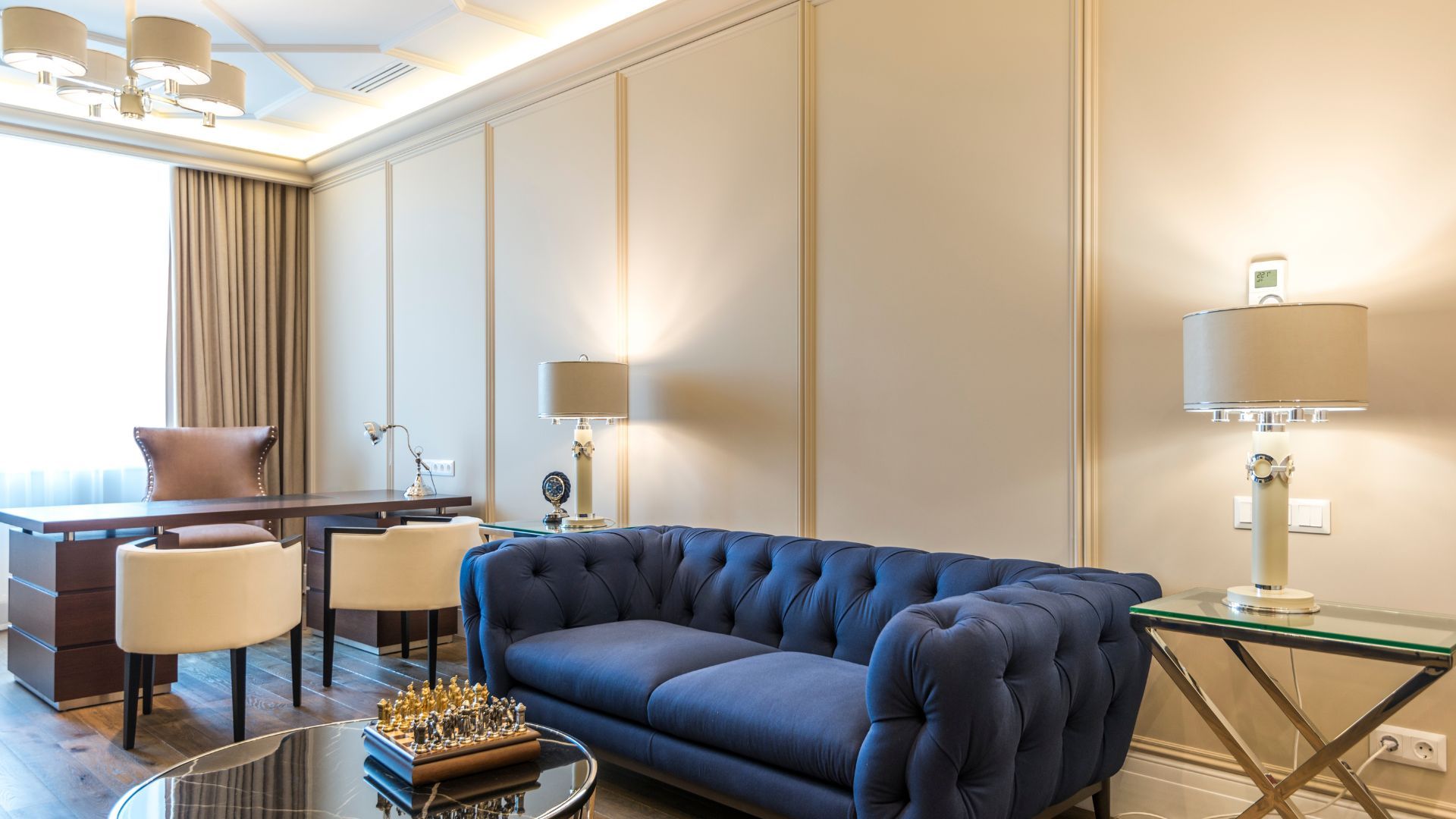
Matching paint finish to a room’s function ensures optimal aesthetics and longevity. Considering traffic, moisture, and lighting yields tailored selections for every living space.

This tailored matrix empowers precise finish decisions for each interior zone.
What Paint Finishes Work Best for Living Rooms and Bedrooms?
Living rooms and bedrooms prioritise mood and balanced wear-resistance. Eggshell and matte finishes provide a soft sheen that enhances colour while concealing minor flaws.
- Eggshell for easy cleaning with a gentle glow.
- Matte for a velvety backdrop in low-traffic private areas.
As traffic and use change, finishes with higher durability become necessary.
Which Paint Finishes Are Ideal for Kitchens and Bathrooms?
Kitchens and bathrooms demand finishes that repel moisture and stains. Satin and semi-gloss paints deliver durable, wipe-clean surfaces that resist mildew.
- Satin for walls that balance glow and practicality.
- Semi-gloss for cabinetry and trim exposed to grease and humidity.
These moisture-resistant sheens transition naturally to high-traffic hallway considerations.
What Are the Best Paint Finishes for Hallways and High-Traffic Areas?
Hallways and entryways face constant foot traffic and scuffs. Satin finishes, with their medium sheen and robust washability, offer an ideal compromise between durability and aesthetics.
- Resists marks and cleans easily with a damp cloth.
- Maintains consistent colour under varied lighting conditions.
Paint Finishes for High-Traffic Areas
Hallways and entryways, which experience high traffic, benefit from satin finishes due to their medium sheen and robust washability. These finishes resist marks and clean easily with a damp cloth, maintaining consistent color under varied lighting conditions. This offers a balance between durability and aesthetics.
Williams, C., "Durable Finishes for High-Traffic Areas," (2024)
This research supports the article's recommendations for selecting paint finishes in high-traffic areas.
High-sheen solutions for hallways reinforce the need to address specialised trim and ceiling needs.
How Should You Select Paint Finishes for Ceilings, Trim, Doors, and Cabinets?
Specialised surfaces require distinct approaches: ceilings benefit from flat or matte finishes that hide imperfections, while trim, doors, and cabinets excel in semi-gloss or high-gloss for crisp contrast and durability.
- Flat/Matte for unobtrusive, uniform ceilings.
- Semi-Gloss for standard woodwork and cabinet fronts.
- High-Gloss for accent pieces demanding maximum cleanability.
Balancing these selections culminates in considering additional decision factors beyond sheen.
What Factors Should You Consider Beyond Sheen When Choosing Paint Finishes?
Finish choice depends not only on gloss level but also on durability requirements, ease of cleaning, surface imperfection concealment, lighting conditions, and traffic intensity. These interrelated attributes govern long-term performance and appearance.
- Surface Preparation – Imperfections demand low-sheen options.
- Maintenance Schedule – Frequent cleaning favours higher sheens.
- Lighting Ambiance – Natural and artificial light alter perceived colour.
- Traffic Patterns – Family rooms vs. guest spaces require different durability.
- Environmental Factors – Humidity and temperature can affect adhesion.
Evaluating these dimensions ensures a holistic finish selection process.
How Do Durability and Washability Affect Paint Finish Selection?
Durability and washability depend on resin content and sheen: glossier finishes feature stronger polymer networks that repel stains and withstand abrasion. Selecting a finish with appropriate hardness and cleaning tolerance extends the life of painted surfaces. For professional painting and staining solutions, explore our “professional painting and staining solutions.”
Which Paint Finishes Are Best for Hiding Wall Imperfections?
Finishes with minimal reflectivity, such as flat and matte, excel at concealing surface texture and blemishes by absorbing light rather than bouncing it. These low-sheen options produce a smooth, uniform appearance on uneven walls.
How Does Room Lighting Influence Paint Finish Choice?
Room lighting—natural daylight, recessed fixtures, or accent lamps—interacts with sheen to affect colour perception. Brighter spaces can handle glossier finishes without glare, while dimmer rooms benefit from mid-sheen to optimise reflectivity without harsh hotspots.
How Do Traffic Levels Impact the Ideal Paint Finish?
High-traffic environments demand finishes with robust abrasion resistance and easy-clean surfaces. Satin and semi-gloss provide a durable compromise, resisting scratches and stains while maintaining an appealing level of sheen for everyday use.
Paint finish selection shapes every aspect of interior design, from mood and colour fidelity to maintenance and longevity. By understanding finish properties, types, room-specific needs, and overarching decision factors, designers and homeowners can achieve spaces that blend style with practical performance seamlessly. Explore these guidelines to master your next painting project and enjoy enduring beauty and functionality.
